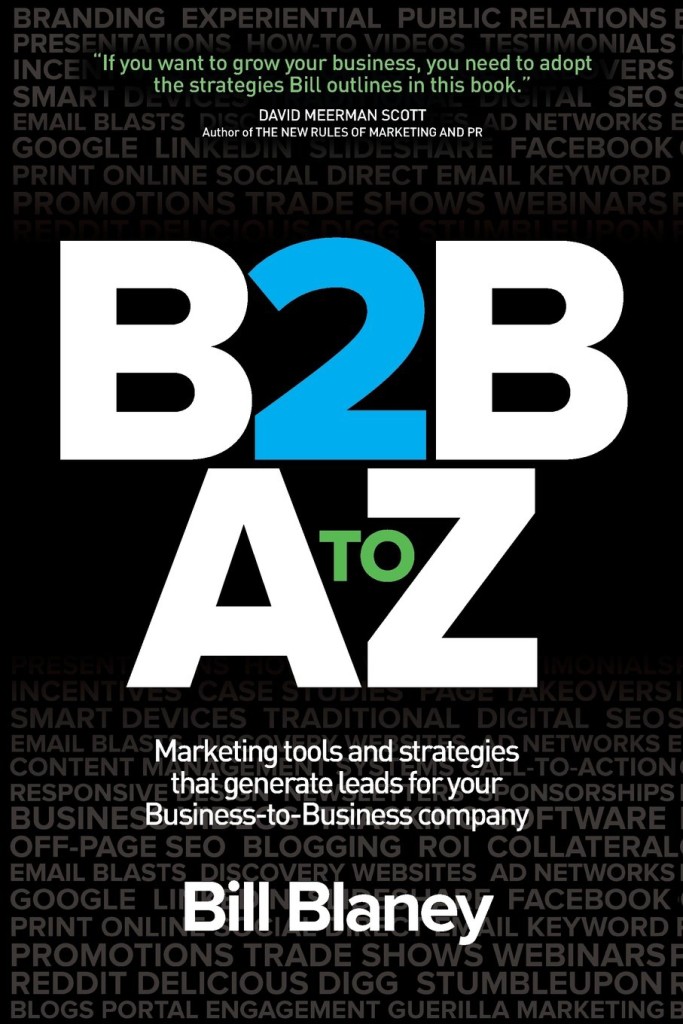What would you call a marketing message without a call-to-action?
I would call it an essay. Or a menu. Possibly a think piece. It certainly would not be an example of effective content.
It’s one of the most basic rules of marketing, and one that’s been noted many times. And it should be central to any material you create.
Be An Action Hero
The necessity of a call-to-action is probably obvious. It’s easy to end a website with a button to “learn more”, or a white paper with a phone number to “schedule a demo”. It’s much harder to make the call-to-action central to your content.
You want your prospects to follow the journey you’ve laid out for them, learning all the way along the path. You need them not to get lost. How can this be done?
- Make the next step on the journey flow naturally from the last. Is your prospect in a position to pick up a phone? If not, don’t make the next step a phone call. Is your prospect likely to read a white paper but not to sit through a presentation? If so, don’t offer a webinar. You may only learn these characteristics of your market through trial and error, so be sure to look at the data your funnel is generating. Being consistent will reduce noise in the data.
- Have the next step be a specific follow-up from the current step. If your prospect is reading your message about how your customers have improved their processes, she is wondering if you can do the same for her. The next step should involve an offer to evaluate her process. Anything else – particularly something more generic such as an offer to “learn more” – will not be specific enough. Try to imagine what question your content has raised, and offer to answer it.
- Above all, present a single call-to-action, not a menu. If your customer wants to step off the path you have created, she will have the resources to do so. Your materials have already provided a phone number to call. If your customer wants to buy right now, she can pick up the phone and contact your sales team immediately.
- Contact information alone is not a call-to-action.
Choose Your Customer’s Adventure
Creating great calls to action requires defining your marketing journey in advance. Start with the journey, and lay out each step you want your customer to follow on a whiteboard. Each step should involve a distinct piece of learning, which drives your customer to take the next step.
Once you have defined the journey, then you are ready to decide what materials you need to support each step. And only then are you ready to create the materials. If you start by producing the content, it will be difficult to craft a journey that makes sense.
What is the most compelling call to action you’ve ever seen?
PHOTO ATTRIBUTION
Call to Action by Maria Elena CC BY 2.0



